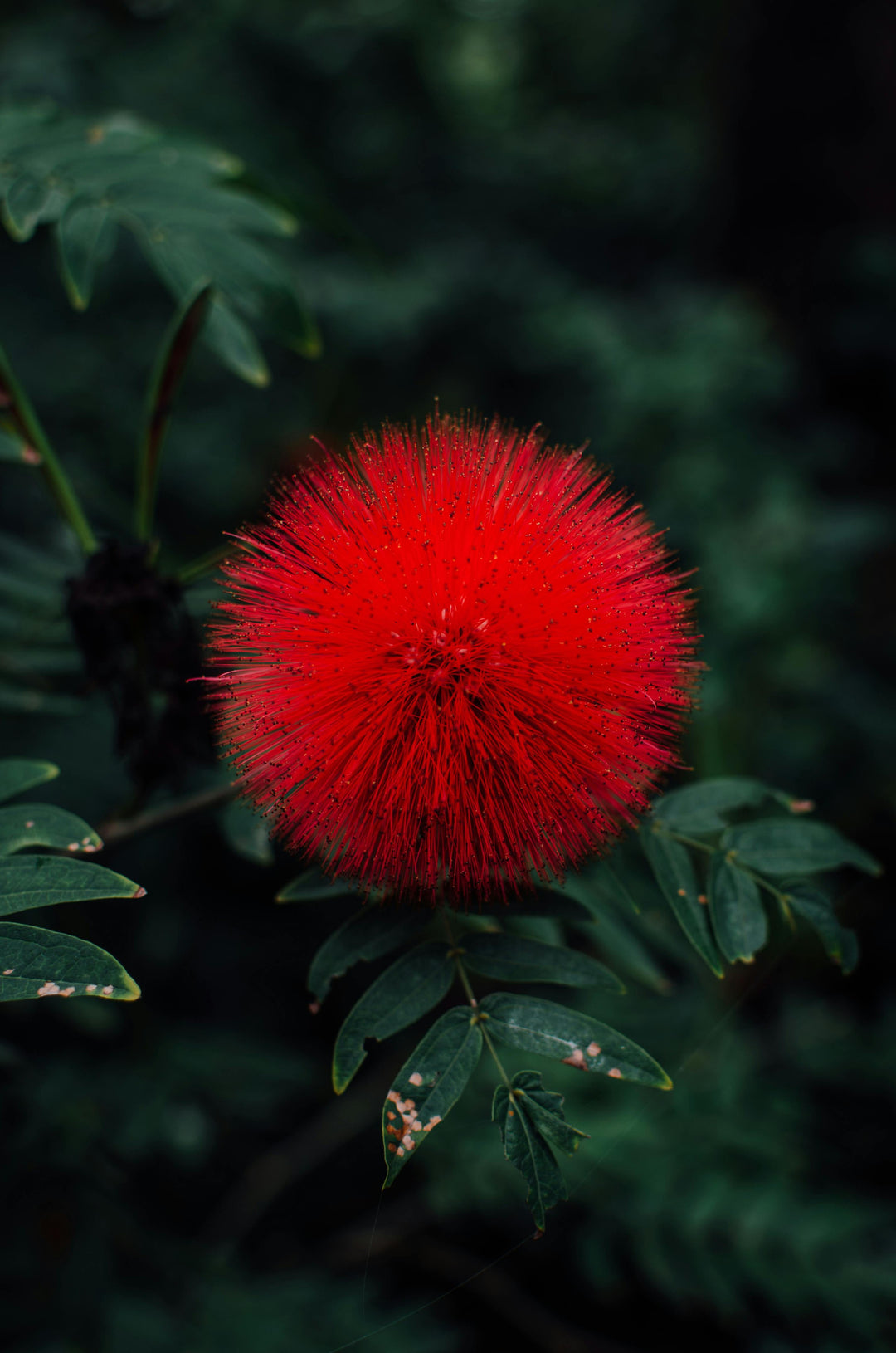
How To Care For Your Powder Puff Calliandra Bonsai Tree
About The Parrot Beak Gmelina Bonsai Tree
The Powder Puff bonsai, derived from the enchanting Calliandra species, is a delightful addition to any bonsai collection, admired for its fluffy, vibrant red or pink blooms that resemble soft powder puffs.
This striking plant originates from tropical and subtropical regions, bringing a lively splash of color and exotic charm to its surroundings. The fern-like foliage gracefully complements the showy flowers, creating a dynamic visual contrast that is both eye-catching and serene.
Ideal for those seeking a bonsai that offers both aesthetic appeal and a forgiving nature, the Powder Puff bonsai thrives with minimal care, making it perfect for both novices and experienced gardeners looking to add a touch of floral drama to their living space.
Placement
A powder puff makes a wonderful indoor bonsai over the winter, but it enjoys to be outdoors when the temperature is above 55 degrees. Make sure it gets few hours of sun (morning sun, with afternoon shade is best.)
Over the winter, place your powder puff bonsai on a windowsill getting a few hours of sunlight per day (south facing is best, north is worst.)
Watering
The powder puff calliandra bonsai is tropical plant. This means it likes water, but no more than most other bonsai. And like all bonsai, it doesn’t like to be fully dried out. That would kill it!
A few times a week should suffice when it’s indoors with decent humidity, and daily over the summer when outdoors would be fine as well.
Humidity
When you take your powder puff bonsai tree inside for the winter, using a humidity tray is recommended.
Fertilizing
Since your powder puff bonsai is in a small pot, and not the ground, it needs nutrients. A slow release (pellet based) fertilizer is perfect for this, and can be added sparingly every 1-2 months during the growing season.
Pruning & Trimming
Trim back the new growth to the farthest safe point that looks good to you — but never remove all of the new growth.
A regular trim will help keep your powder puff bonsai tree short, while helping the trunk grow thicker.
Repotting
Repotting must be performed periodically on your bonsai, powder puff included, when it’s root system has filled the pot. If you can clearly see the roots coming out of the bottom of the pot, it’s time to repot your bonsai.
Generally, this means every 2-3 years for a deciduous tree and every 4-5 years for an evergreen.
Repotting should be done in mid-summer, when the tree is at it’s least fragile state.
The powder puff bonsai, along with all of its soil, should be removed from the pot. From there, you can trim away no more than 1/3rd of the root mass (1/4th is preferred.)
Then you can repot the tree in the same pot, or give it a newer / bigger pot to thrive in.
After repotting, your bonsai’d powder puff should be thoroughly watered.
Diseases, Insects & Other Pests
Your powder puff bonsai can be treated for pests like a normal powder puff tree. Just remember, your tree is miniature and will need a much smaller and more gentile dose of treatment.
Would you like to SEE these instructions as a series of videos, instead of just reading them?
If you want to demystify the art of bonsai so you can become a master of this relaxing hobby in just a few days, you need the right training. I’ve built a digital video course that mixes classroom style instructional videos with “over the shoulder” style training videos to make bonsai simple to understand, and easy to start.
In this digital video course, you'll discover:
- How to create a bonsai tree from scratch that will help you experience true inner-peace and calm.
- How to keep your tree collection alive and well so you can enjoy their benefits for a lifetime.
- How to shape your bonsai like a professional, allowing you to design it however you like.
- What bonsai tools you really need and how to use them so you’ll never buy a tool that you don’t need again.
- How to cultivate your own trees so you never have to buy another tree from a store again.
- How to use all of this to create your own bonsai collection so you enjoy this relaxing hobby for the rest of your life.


